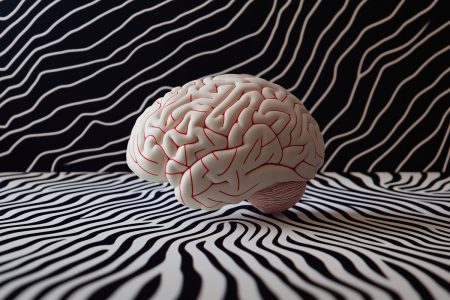Welcome to the August newsletter!
This month, we explore the remarkable capability of the brain to rewire itself, known as neuroplasticity. As Fleet Maull PHD, a mindfulness professional, has said, “The brain is the most complex system in our universe” and only now are we unlocking its powers.
My interest in neuroplasticity was sparked by reading Norman Dodge’s impactful book The Brain That Changes Itself: Stories of Personal Triumph from the Frontiers of Brain Science (2007) . The book describes several cases of individuals who have recovered from severe brain injuries. One memorable story is of Michelle Hack, who was born with only half of her brain but now lives a relatively normal life, showing how the remaining half can rewire itself to take over functions. Neuroplasticity allows the brain to form new neural pathways. In simple terms, if a connection is cut, the brain can create a new path to restore function.
Since the publication of Doidge’s book, I have followed the research closely and will discuss the best options to enhance neuroplasticity. Keep in mind that these techniques are highly individual and may not be effective in every situation.
1. Try New Things
Engage in new activities, even simple ones, like taking a different route home or exploring a new city. Years ago, I signed up for the
Merriam-Webster Dictionary’s “Word of the Day”. Every day, I write the word in a book with my non-dominant hand. This practice helps
retrain the brain as I learn a new word and practice a new skill with my non-dominant hand.
2. Physical Exercise
Regular physical activity boosts brain function and promotes neuroplasticity. As I’ve mentioned in other newsletters, a simple walk is an
excellent place to start. For proof of the incredible power of exercise on brain health, I suggest watching the Nickelback documentary on
Netflix, “Hate to Love: Nickelback”. Bassist Mike Kroeger revealed that he had a massive stroke in 2014 and recovered his function by
walking his driveway 20 times a day until he regained his mobility.
3. Mindfulness and Meditation:
Practices like yoga and Qigong combine exercise and mindfulness, enhancing both physical and mental health.
4. Healthy Diet:
Personally, I avoid carbohydrates and sugar, and recently I’ve been focusing on a carnivore diet. This option isn’t for everyone, but for me,
it’s incredibly effective.
5. Mental Stimulation:
Activities such as crossword puzzles, learning new languages, and learning to play a musical instrument stimulates the brain and
encourages neuroplasticity.
6. Social connections:
Meaningful social interactions introduce new perspectives and improve emotional well-being, which is crucial for brain health.
The techniques above are some of the most well-known and effective ways to rewire your brain, especially if you’ve had a brain injury. I can personally attest to the power of exercise, diet and meditation as these techniques have improved my mobility.
Thank you for reading. With warmest wishes, Your WILDFIT coach.


